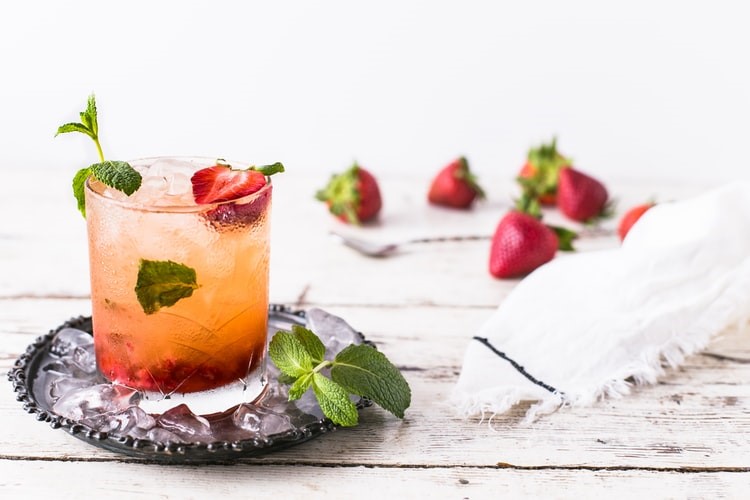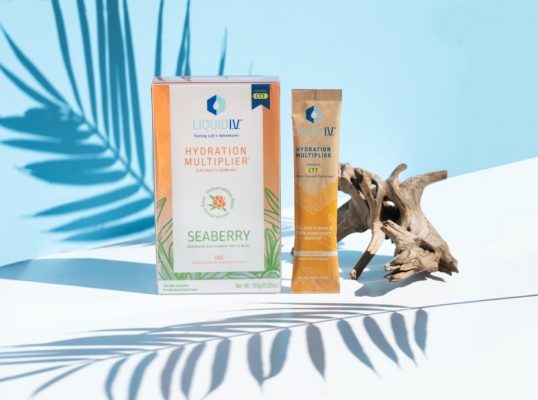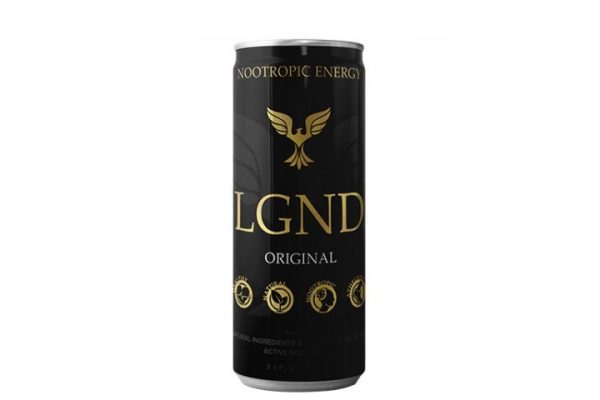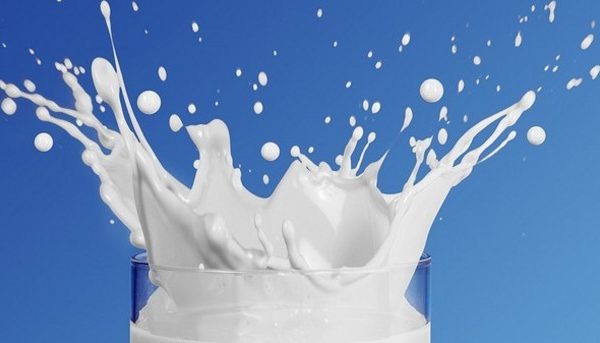How To
The Trends That Will Shape Beverages in 2020
 Previously, Matt Hall wrote about some popular ingredients for 2019’s beverages, such as those of a medicinal variety, a few of which will continue to be popular this coming year. However, due to new FDA regulations for Nutrition Facts in effect this 2020, the American market will be seeing fewer drinks with high sugar content on the market. This has a number of health benefits for Americans, such as reducing the prevalence of obesity and associated physical conditions. In fact, Maryville University predicts an impending shortage of primary care physicians, which is anticipated to reach a minimum of 100,000 by 2025, making the need for preventative measures even more vital. In line with this, the majority of the upcoming beverage trends this year are geared towards maintaining one’s health:
Previously, Matt Hall wrote about some popular ingredients for 2019’s beverages, such as those of a medicinal variety, a few of which will continue to be popular this coming year. However, due to new FDA regulations for Nutrition Facts in effect this 2020, the American market will be seeing fewer drinks with high sugar content on the market. This has a number of health benefits for Americans, such as reducing the prevalence of obesity and associated physical conditions. In fact, Maryville University predicts an impending shortage of primary care physicians, which is anticipated to reach a minimum of 100,000 by 2025, making the need for preventative measures even more vital. In line with this, the majority of the upcoming beverage trends this year are geared towards maintaining one’s health:
1. Nutritional benefits
The wellness movement continues to remain trendy, with the majority of brands going back to basics in terms of health. Imbibe predicts how an emphasis on physical and emotional health means that brands will integrate essential nutrients into drinks, such as vitamins and minerals. In addition, Fizziology writes how Gen Z and millennials appreciate “cool” branding with a lower sugar content. Instead, superfruits, vegetables, and herbal-infused drinks will be all the rage.
Alcohol consumption is also on the way down, as members of the public are growing more aware of the dangers of alcoholism. As a result, more low-alcohol and zero-proof drinks are in the process of being developed. When it comes to your brand, ensuring that you gear your marketing towards these trends is key. Minimal designs with a focus on cleanliness and purity, as well as a written emphasis on the health benefits of certain ingredients, will go a long way towards projecting an image of wholesomeness.
2. Exotic flavors
In line with the reduction of overly sweetened drinks, brands are focusing on more high-quality offerings with unique ingredients. Botanical extracts will create novel flavor combinations, such as extracts from basil, cilantro, lavender, elderflower, and orange peel. In addition, bolder flavors from Latin America like guava, chili pepper, and cayenne are becoming more rampant.
This coming year, it’s a toss-up between subtle and sophisticated flavors and ones that are more power-packed in terms of flavor. If you choose to integrate exotic ingredients into your drinks, ensure that your packaging and marketing strategy reflects this. Go with bolder, brighter colors, and vibrant graphics that really pack a punch. Uniquely shaped bottles and cans can also attract more attention, as will ones that are made of eco-friendly ingredients. Also, it is important to avoid using single-use plastics.
3. CBD-infused drinks
According to an article on the cannabis industry by Forbes, “large beverage companies have been among the first movers in developing THC and CBD infused drinks”. Currently, CBD infused beverages include anything from flavored waters by Vybes, cider from Tarukino, tea from Green Roads, lemonade by Honeydrop, and coffee from Eximius Coffee.
However, the legal status of these products is still under debate by the FDA and might become more strictly regulated in the near future. Because of this, integrating these substances into your beverages may be a somewhat risky move, even though it’s certainly trending at the moment. When it comes to including these substances in your drinks, you should ensure that they are clearly labeled and strictly abide by the latest regulations.
Your packaging should also reflect these ingredients, perhaps depicting nature-inspired imagery to appeal to your target market. What’s interesting is that it isn’t just Millennials and Gen Z who seek mood-altering products, but also the elderly who are looking for ways to destress or relieve pain.
4. Functional ingredients
Functional ingredients are becoming even more popular due to recent developments in technology. Adding probiotics to yogurt drinks and fortifying juices with calcium doesn’t interfere with how they taste, even though they come with added benefits. A recent consumer study by Kerry found that 65% of consumers prioritized functional benefits from their food and drink, with the top five ingredients viewed to deliver benefits such as omega-3s, green tea, honey, coffee, and probiotics. Not only do customers prioritize good taste, smell, and packaging, but they care more about feeling good about themselves and preventing disease.
For instance, Jade Leaf Matcha based in Seattle is offering new formulations of the popular matcha latte drink. They have the “Balance” variety, which includes probiotics, prebiotics, and ginger root to support digestive and immune health as well as “Glow”, which contains collagen and biotin that lead to healthy skin, and stronger hair and nails. From this, making solid links between ingredients and their benefits will entice customers to purchase your beverages.
5. Alternative dairy products
Lastly, dairy has always been a popular standby in the beverage market. While alternative forms of dairy were initially popularized to meet diet or allergy issues, the market for this is now growing exceedingly fast. Oat, almond, hem, and soy milk are already extremely high in demand, and the development of alternative milk and yogurt products that have better nutritional properties is sure to become another priority throughout 2020.
Probiotics in particular act as a useful tool for cardiovascular health, weight management, blood sugar maintenance, and bone health. Drinkable yogurt products also contain less sugar and provide a tart flavor that is being more accepted due to globalization.
To stay competitive in the ever-developing beverage industry, it’s always a good idea to ensure that you’re constantly generating new ideas and responding to new trends in the market as soon as they appear. With good reason, 2020 seems to be a year dedicated to preserving and maintaining one’s health. Incorporating healthy ingredients, unique flavors, reducing sugar, and finding ways to cater to everyone’s needs is crucial if you want to stay competitive in this industry.
In line with this, being fully transparent with your marketing campaigns, nutrition information, and using eco-friendly packaging will also go a long way towards ensuring your brand’s longevity and success. Lastly, old trends such as ready-to-consume cold brews, lattes, and cold-pressed juices are still standbys in today’s industry, along with affordability in today’s volatile situation.









